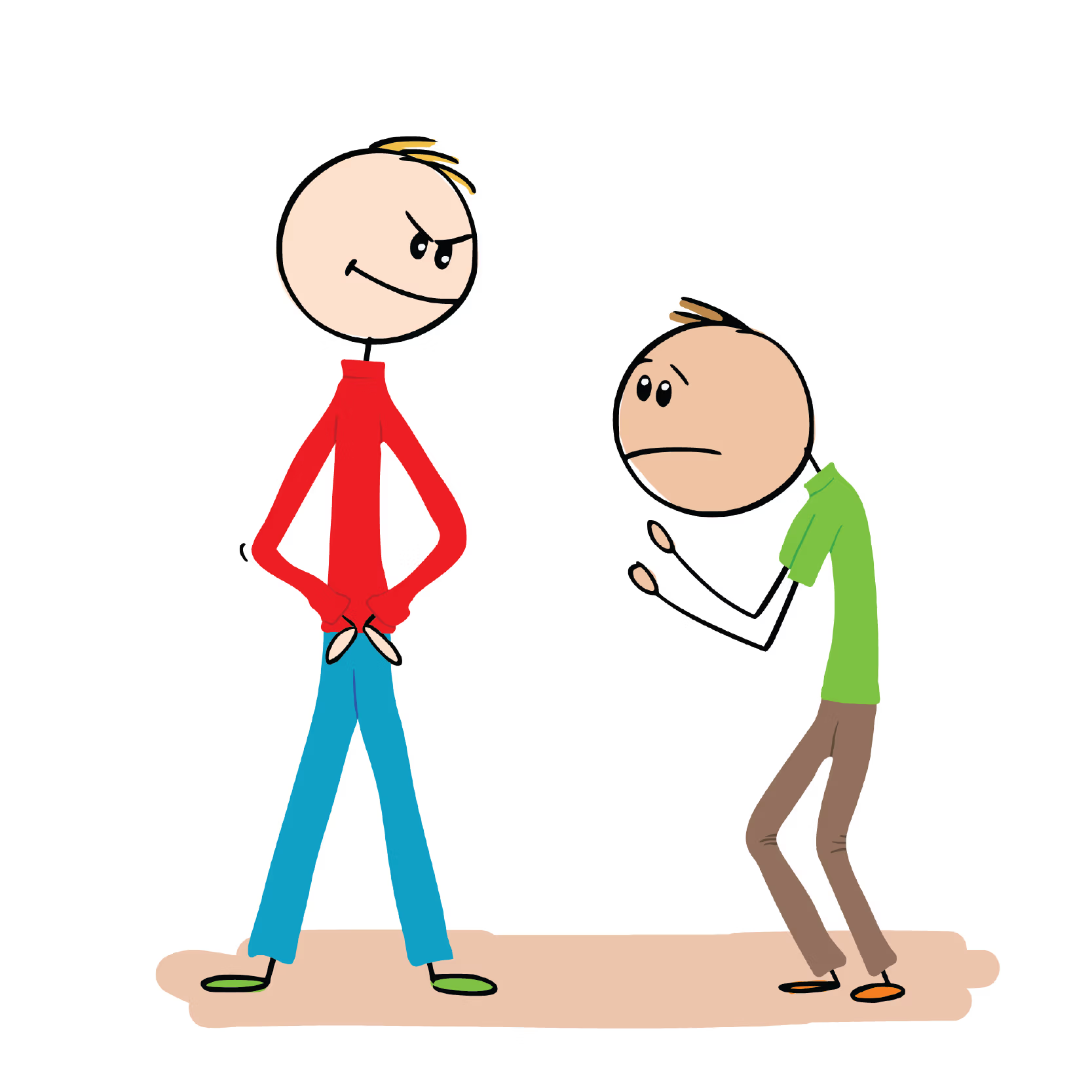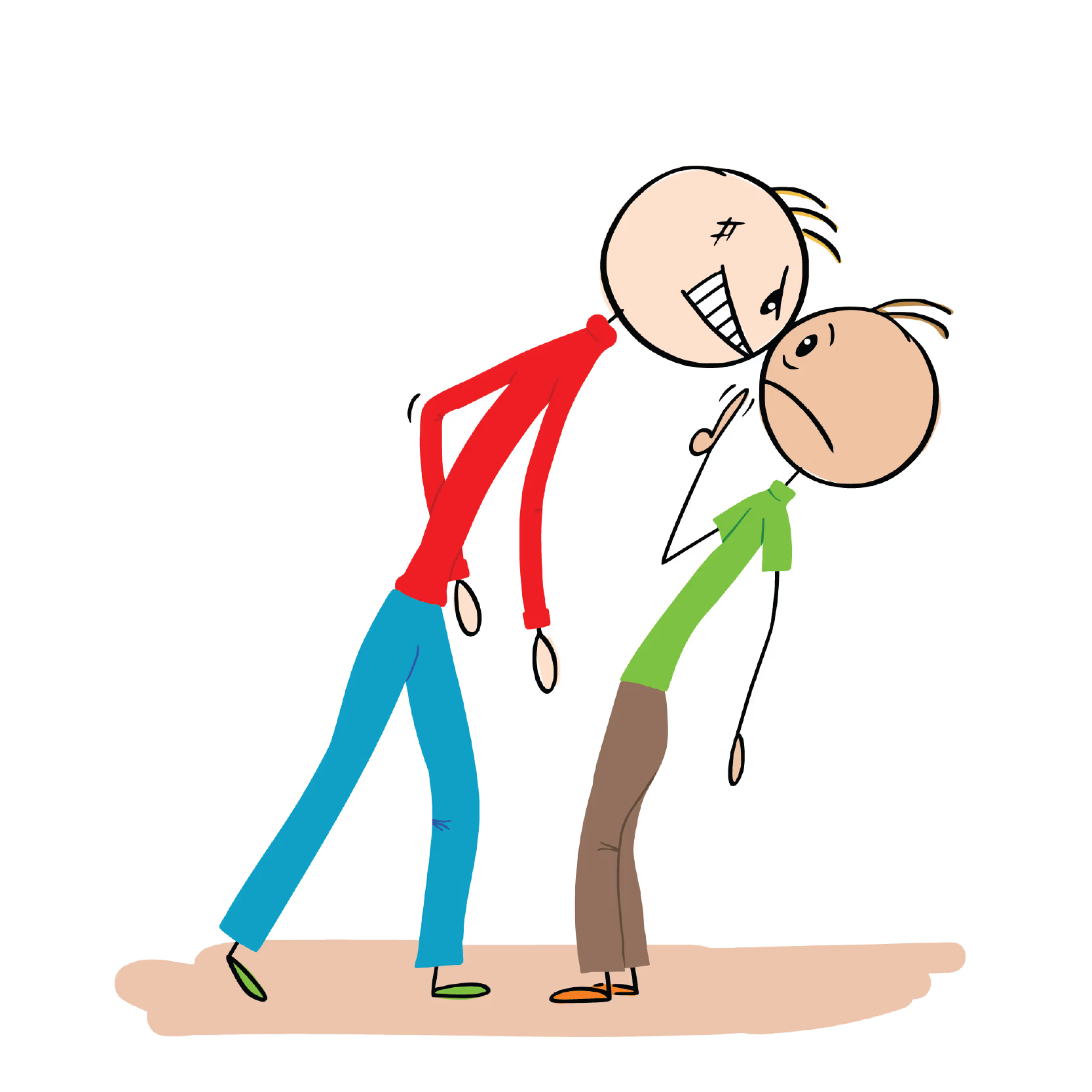The Perpetrator and the Victim
Perpetrator (noun) – “a person who carries out a harmful, illegal, or immoral act.”
(Oxford)
Victim (noun) – “a person harmed, injured, or killed as a result of a crime, accident or other event or action.”
(Oxford)
Early childhood development plays a major role in both the actions of the perpetrator and the victim.
If parents allow and encourage, or even amuse themselves at, the somewhat “boyish” antics of two brothers, they may well, at this early stage, already be setting the precedent that could cause both boys to suffer in later years. If the second son is the aggressive one, and the older son the more easygoing, additional attention to detail will be in order. A stage is set that can signal to the younger more aggressive one that he needs to use aggression to rise to the top. In the so-perceived “quiet kid”, there may well be brewing a smouldering anger. An anger which, if not identified and checked, will result in a massive volcano. With far-reaching effects. Never, ever conclude that quiet kids don’t have strong emotions. Cain’s emotions resulted in the murder of his brother.
Aggression and Passive Aggression
Passive aggressive – adj. (of behaviour) “characterized by indirect resistance to the demands of others and avoidance of direct confrontation” (Oxford)
Whether we are dealing with our own attitude, or if we are involved in dealing with the attitudes of others, we need to be aware that some of the most formidable crimes are masterminded by passive-aggressive people. In spousal or employee arbitrations, the first focus is often on the “in-your-face” subject. When we refuse to be led into the obvious, then the passive-aggressive one becomes very disquieted. A slow targeted set of logical questions will increase the tempo of the unease. The passive-aggressive individual’s strength lies in carefully crafted logic. When logic faces logic, when the logic of the passive-aggressive one is faced with the logic of those helping to establish a settlement, clarity results.



